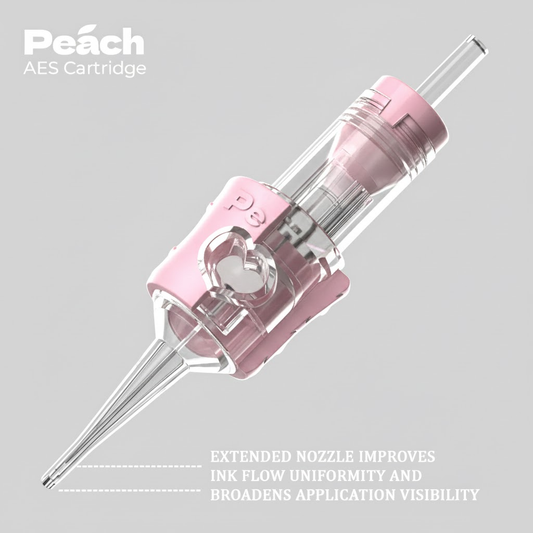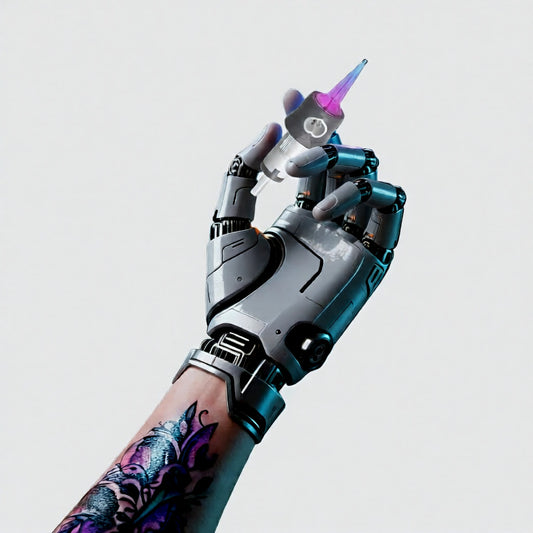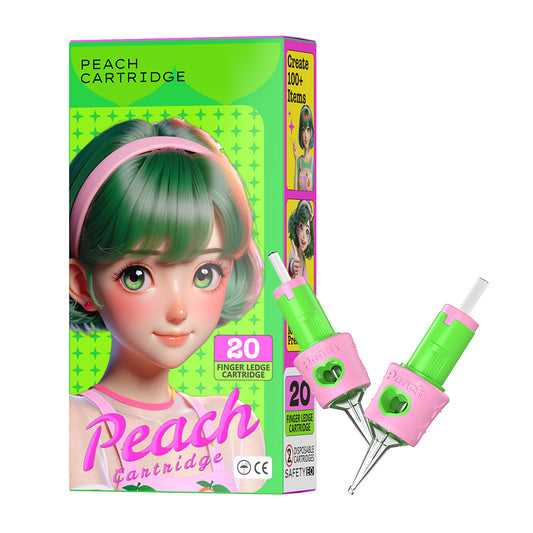
Browse our latest tattoo supplies
Shop nowFeatured products
-
Peach AES PMU Cartridges: Precision Needles (0.20mm, 0.25mm, 0.30mm)
Regular price $29.99 USDRegular price -
Peach Cog Series - Redefining Precision for Fine Line and Stable Shading Tattoo Cartridges
Regular price From $19.99 USDRegular price -
PEACH Extended Tip Tattoo Cartridges | Maximum Visibility | Safety Membrane | Professional Grade
Regular price From $19.99 USDRegular price$19.99 USDSale price From $19.99 USD -
PEACH Wireless Tattoo Stencil Printer Machine
Regular price $229.00 USDRegular price
1
/
of
4






